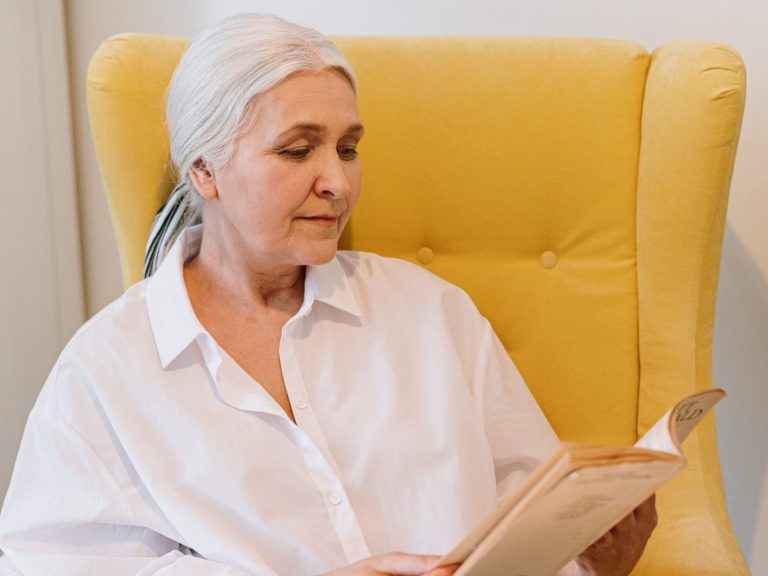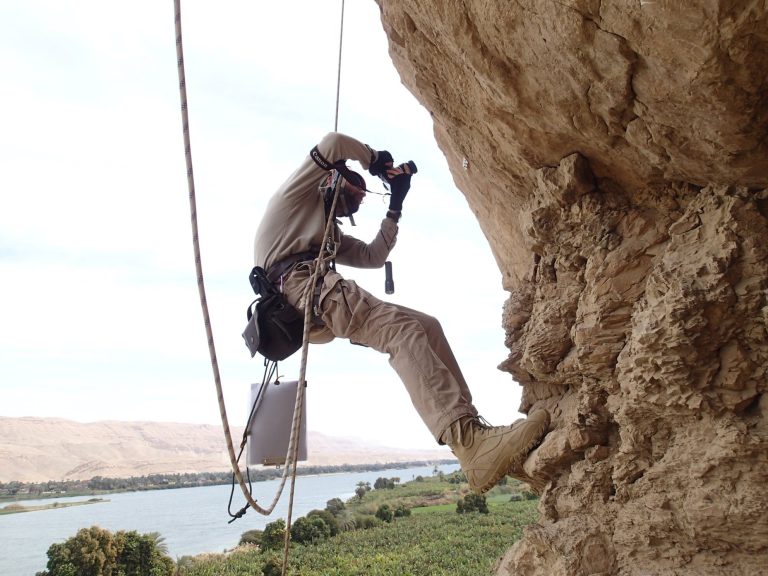Assassin’s Creed: Mirage will take us to Baghdad in the golden age. What do we know about this city? The archaeologist answers

Assassin’s Creed takes us to the streets of early medieval Baghdad, then called the City of Peace or, in Arabic, Madīnat as-Salām. In the 9th century, was it really a place free from blood feuds, or maybe an arena of fratricidal clashes? Before you play the latest game in the popular series, find out what kind of city Baghdad was at that time!
It was the year 762 when Abu Jafar al-Mansur, today considered the actual founder of the Abbasid dynasty, began building a new capital city. He called it Madīnat as-Salām, or City of Peace. When choosing a place to locate the capital, the caliph paid attention to the favorable location for military and commercial purposes, which was determined by the proximity of two rivers – the Tigris and the Euphrates. Before making the final decision, he asked Christian settlers living in the area about living conditions related to climate and insects, and then he brought architects, engineers, workers and astronomers to the site. The city was built in four years, using approximately one hundred thousand workers.
Assassin’s Creed Mirage and Baghdad. The golden and modest Circular City
The project was very ambitious, as it assumed the construction of a perfectly round city, surrounded by double walls, which was to fulfill the greatest political, economic and housing ambitions of the time. Although there were other settlements in the area where the Circular City was founded, none of them could compare with Madīnat as-Salām in terms of function and scale.
The main streets of the new center led from the four city gates towards the center. In the central part of the city there was a complex – surrounded by an additional wall – consisting of the Al-Mansur palace, a great mosque, the residence of the caliph’s family and state administration buildings. A residential district was built between the central complex and the second defensive wall. Initially, there were also souks (bazaars) within the city, but after some time, probably due to security issues, the caliph decided to move them outside the city walls.
Of course, the central complex, especially the ruler’s impressive palace, attracted special attention – its descriptions preserved the memory of the golden gate and the green dome.
The palace was located in the very center of the city, which may have symbolized the central position of Al-Mansur. According to records, the building was 80 cubits high and its sides were 400 cubits each. At the top of the palace, according to one account, there was a statue of a rider with a spear, which was supposed to indicate the direction of the threat. Inside, apart from the caliph’s private rooms, there were, among others: audience chambers and harems. In the 9th century, the palace was connected to a mosque.






